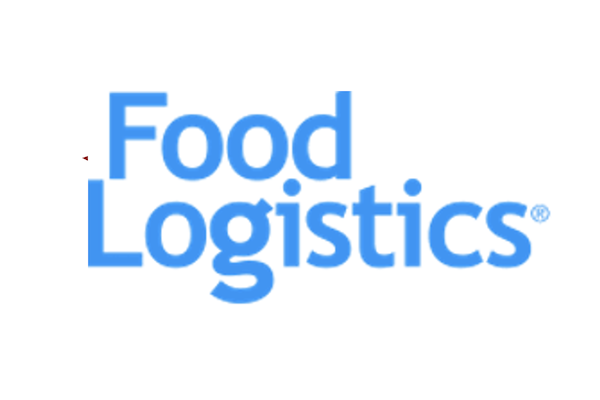By incorporating a real-time, material-centric view, companies can collect, model, create and deliver from farm to fork to eliminate recalls, maximize throughput and enhance sustainability.
In the United States, food waste is estimated at between 30-40% of the food supply. Anytime a material balance calculation is done across a manufacturing plant, for example in food production, you’ll see the bins of waste because of misshaped product, poor texture or irregular-size problems. Yield or quality improvements in manufacturing are the central preoccupation of the production department. A lot of yield problems come from overfills and product change overs for which more exacting measurement and control can help considerably. Other problems come from the variability of ingredients used as the input to the process and temperature control across production.
According to the USDA, between the farm gate and retail stages, food loss can arise from problems during drying, milling, transporting or processing. The issue that arises when it comes to food loss issues within the plant is that you can’t locate where problems are coming from if you don’t account for and link information that shows the interconnections across the business. Detecting upstream indicators using material sensing in a process can provide advanced insights regarding when and where there will be problems further down the line.






